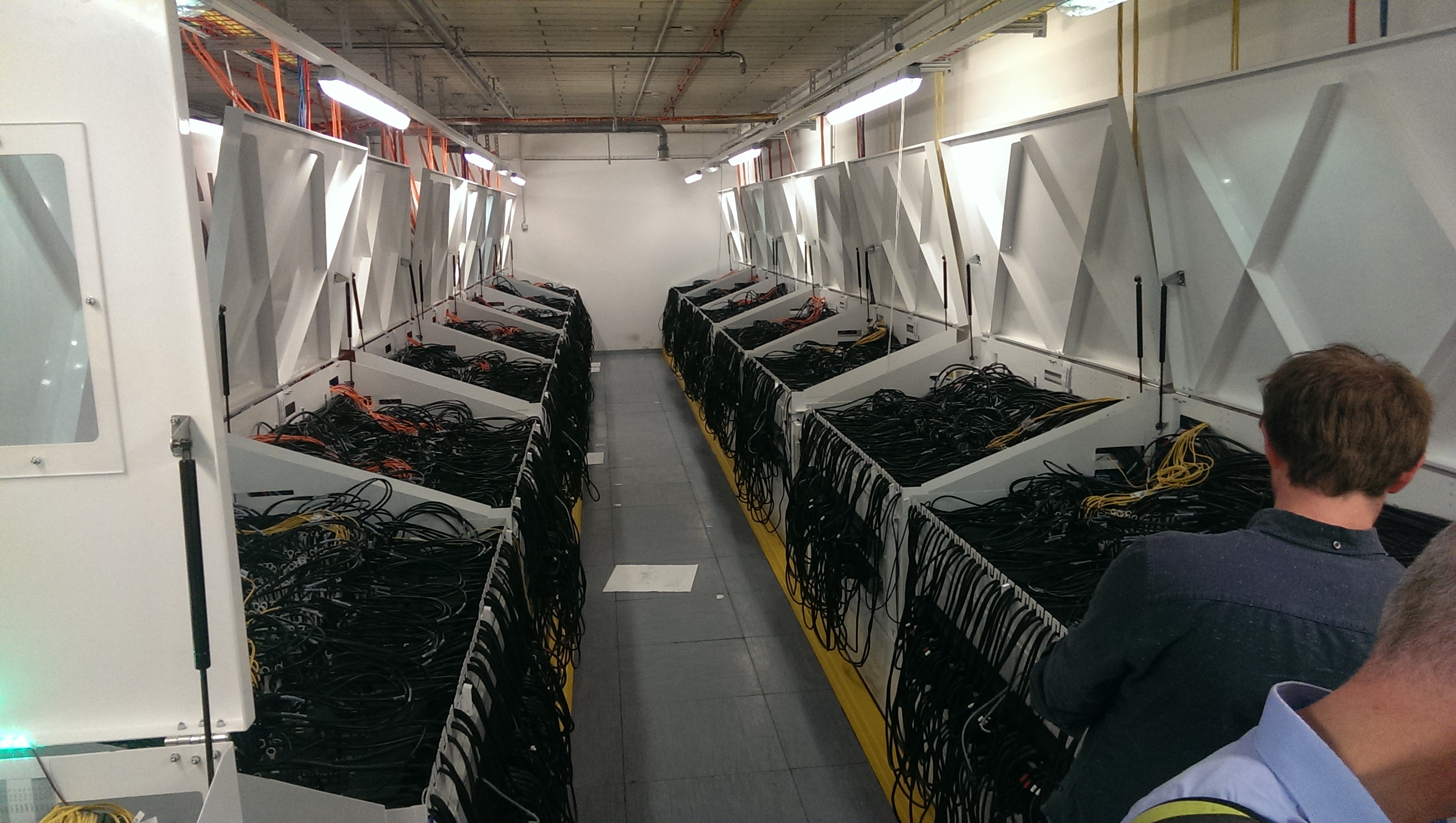Breaking down barriers in the scientific use of EO data
I gave a talk earlier Today with this title, at the EODC Forum. Slides are found here.
The idea of an earth observation data center is really cool, and has the potential to become the place where students or early career scientists without big hardware budgets can compute on big earth observation data, with open source software. The question is whether this center will take that opportunity, or remain a business for other businesses, with its 25.000 euro paywall around it (but see below). Also, will it make its architecture transparent, so that other centers could follow this and finally make earth observation research somewhat reproducible?
I had a couple of nice and long talks with Noel Gorelick, one of the key scientists behind Google Earth Engine. Noel corrected my statement (in my slides) where I suggest that the code space agencies use to convert raw signals into level 0-3 products is open source; he sais that for US agencies this is not the case. We also talked about whether making a business and developing open source software can really go together well, where I mentioned boundless geo, 52North and mundialis. I had mentioned Earth Engine earlier in this post. Noel claims that now everyone thinks I’m an open source fundamentalist. Am I the last one to believe I’m not?
The forum ended with an excursion to the Viena Scientific Cluster, the shared super computer on which EODC will work. VSC-3 is the latest, oil-cooled super computer:

Post Scriptum (Jun 16, 2016)
EODC contacted me, and mentions that it has other membership options:
- institutional membership with 10.000 euro per year (with less IT resources, but also full data access)
- individual developers with an individual price level, which EODC wants to establish in the next months. Within this individual solution the plan is to offer a 0 euro contribution for selected activities that contribute to the general idea.
So the EODC paywall is of a varied height: from 0 to 25K depending upon the partnership level.
